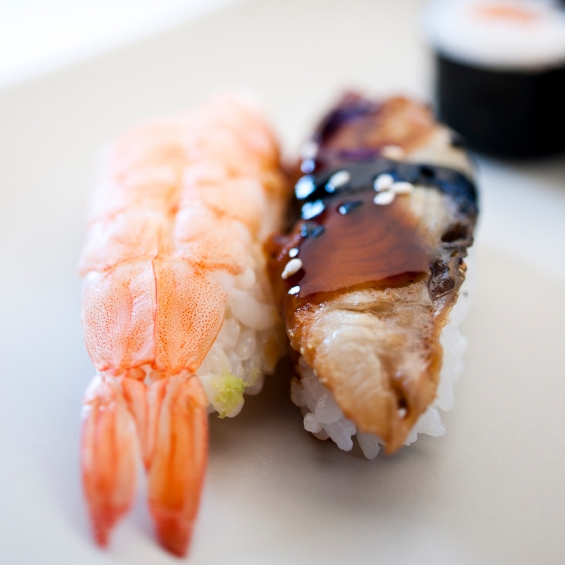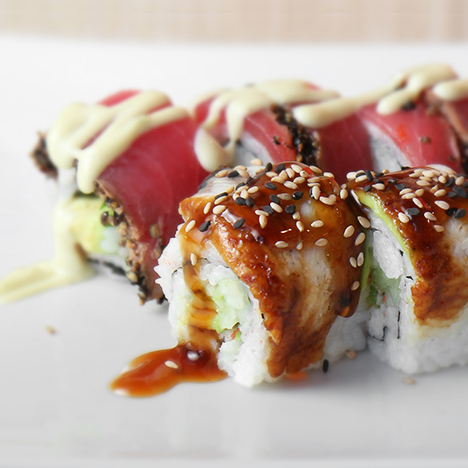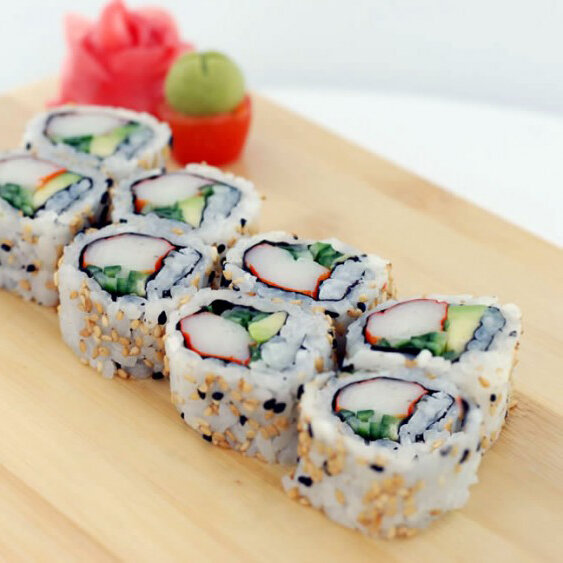


premium Quality
premium Quality
Sushi is Form of Art
Sushi is considered a traditional food and form of art because its appearance is just as important as its tastes. It's a simple ingredient, color, and texture that creates its flavors elegantly.
Sushi History
Sushi was invented thousands of years ago in Japanese a way to preserve raw, cleaned fish. It was pressed between rice and salt by a heavy stone for a few weeks and then covered with a lighter material like seaweed until the fish had fermented.
In the 18th century, a chef from Tokyo named Yohei Hanaya decided to forget about the fermentation process and serve it on its own. Fresh sushi became very popular, and two distinct styles emerged--the kansai style from Osaka and the edo style from Tokyo.
The edo style consists primarily of seasoned rice mixed with other ingredients, and the kansai style is made with a small bit of seafood on a pad of rice. Most people in the United States are familiar with the edo style.

Fresh
Fresh
The Three Main Foods
The three main foods in the Japanese diet are fish, rice, and soy products. These three foods, along with vegetables and condiments, are the ingredients of sushi, perhaps the most popular food in Japan. The diet is a prescription for a long healthy life.
Vinegared Rice
The important element of sushi-making is the cooking of the rice. In fact, vinegared rice is the heart of all sushi. Despite what Americans think, sushi does not mean "fish" in Japanese but rather signifies any vinegared rice dish. The fish is sashimi. Wrap the two together in portions and sell it as sushi, and the name still refers to the rice, not the fish.
Fresh Fish
The most important thing for great sushi is the fish. That’s the reason why we‘re using fresh and premium fish for great taste.
Soybean
Soybean, first grown in tropical Asia thousands of years ago, are used in Japan from soy sauce to vegetable oil, tofu, and the fermented soybean paste called miso. Japanese eat more soybeans than anyone else, and the long-lived Okinawans top the list at about 60 to 120 grams per person each day, compared with practically zero grams for the average American.






